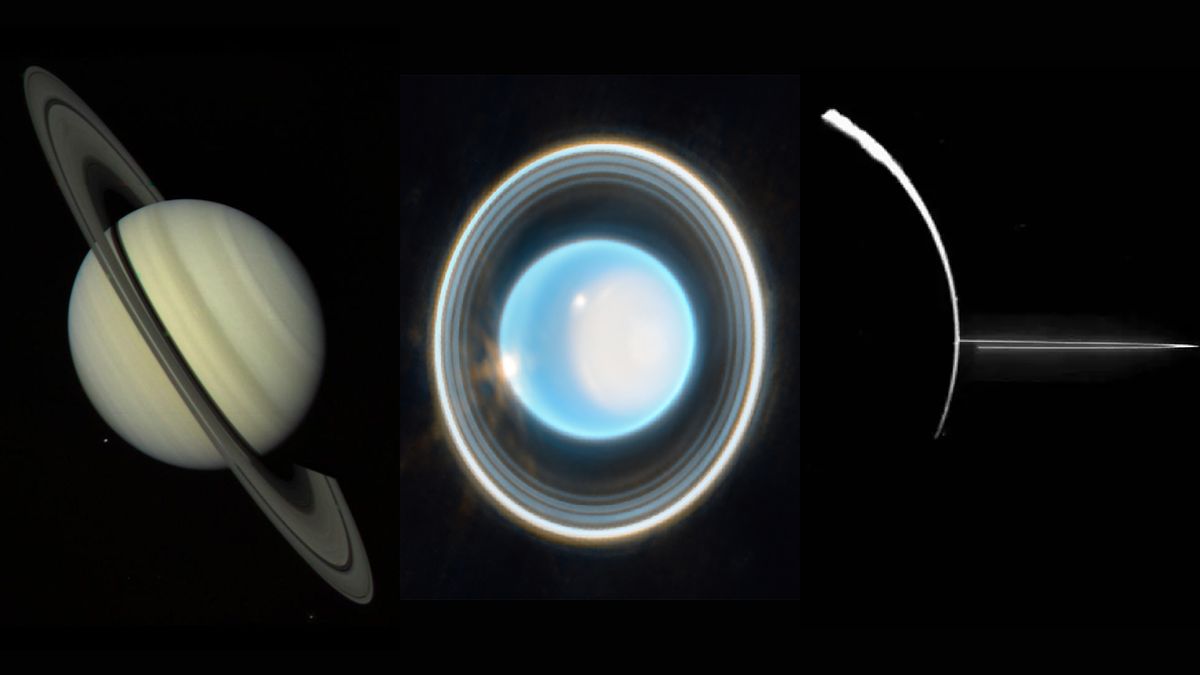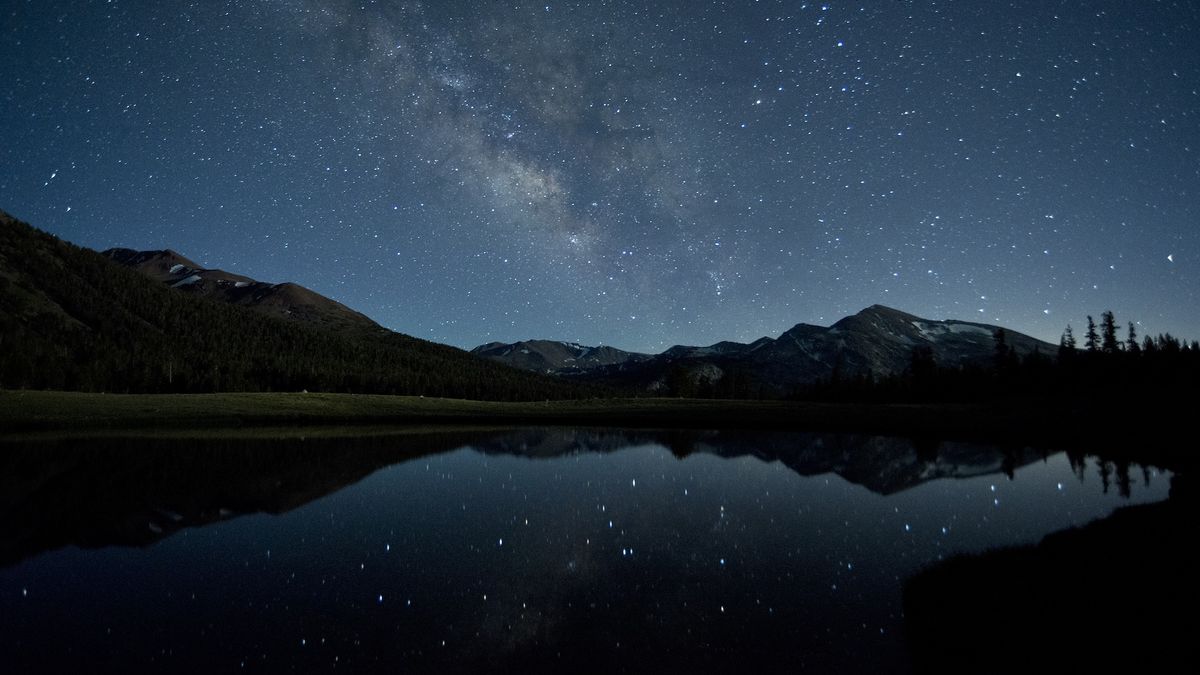Now Reading: Planets with Rings: A Guide to Our Solar System
-
01
Planets with Rings: A Guide to Our Solar System
Planets with Rings: A Guide to Our Solar System

Quick Summary
- Saturn is famous for its rings, but all four giant planets in the solar system – Jupiter, saturn, Uranus, and Neptune – have rings. Additionally, objects like dwarf planet Haumea and asteroid Chariklo also feature ring systems.
- planetary rings are composed of ice and rock debris orbiting their planets. The composition varies by planet: Saturn’s rings are mostly ice; Jupiter’s are dust; Uranus’ and Neptune’s contain a mix of both.
- Rings can form from collisions or gravitational disturbances affecting moons or asteroids near a planet. This process creates debris that collects around the planet due to gravity.
- Some mysteries remain about planetary ring systems, such as origins of Saturn’s rings and unidentified “shepherding moons” theorized to stabilize Uranus’ rings.
- Rings do not last forever; scientists predict Saturn’s iconic icy-visible rings will likely vanish in hundreds of millions of years due to debris falling into its atmosphere.
!Saturn
Left to right: Rings on Saturn, Uranus, and Jupiter visible via NASA spacecraft.
(Image credit: NASA)
!Asteroid Illustration
Artist’s rendition showing asteroid Chariklo with ring patterns.
(Image credit: NASA)
Indian Opinion Analysis
The exploration of planetary ring systems provides insights not only into celestial mechanics but also into conditions within our solar system-an area where India is increasingly focusing as part of efforts by the Indian space Research Organisation (ISRO). Understanding how planetary rings evolve can deepen knowledge applicable beyond Earth-centric studies. as ISRO ventures further into space missions aimed at outer planets or asteroids (e.g., Chandrayaan or future interplanetary projects), these findings could be instrumental in designing observational strategies.
Even though India’s space missions thus far primarily target near-space phenomena like Mars (Mangalyaan) or lunar studies (Chandrayaan series), expanding expertise toward understanding complex structures such as planetary geology might support India achieving more advanced objectives within its growing aeronautical aspirations. Moreover, public engagement through astronomy could inspire future generations toward STEM fields essential for sustaining national achievements over long-term space science frontiers.

























